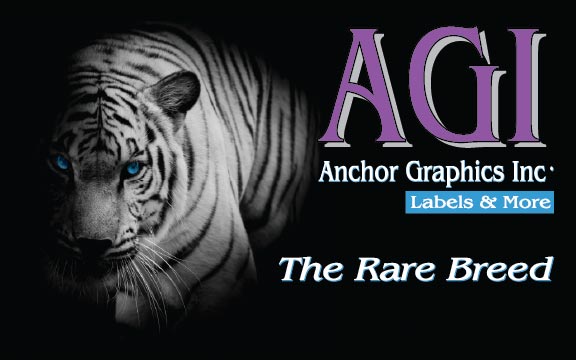In the age of information overload, where attention spans are fleeting, a well-designed poster can be a powerful tool to convey a message quickly and effectively. Creating a great poster involves more than just putting together a mishmash of text and images. It requires a thoughtful approach that considers the audience’s perspective and embraces the delicate balance between information and aesthetics. Here are five key elements that contribute to the making of a great poster.
Happy designing!
Content Clarity: The Foundation of Understanding
The cornerstone of any successful poster is content that is easy to understand. A poster should convey its message at a glance, making the viewer grasp the core information effortlessly. This involves distilling complex ideas into simple, clear language. Prioritize essential details and eliminate unnecessary jargon. Remember, clarity is not just about the words; it’s also about how well the visuals complement and reinforce the message.
Aesthetically Pleasing Layout and Typography: Captivating the Eye
The layout and typography of a poster play a crucial role in capturing the viewer’s attention. A cluttered design can overwhelm and discourage engagement, while a well-organized, aesthetically pleasing layout can draw people in. Choose fonts that are easy to read and complement the theme. Utilize white space effectively to guide the viewer’s eyes through the content. Consistency in font sizes and styles enhances readability, contributing to a visually appealing overall design.
Organized Information: Guiding the Reader’s Journey
Information organization is the roadmap for your audience. Arrange content in a logical sequence, leading the viewer from one point to the next. Use headings, subheadings, and bullet points to break down information into digestible chunks. Group related content together, creating a flow that mirrors the natural progression of understanding. A well-organized poster ensures that your audience can navigate the information seamlessly, preventing confusion or frustration.
Concise Messaging: Less is More
In the world of posters, brevity is key. A concise message not only captures attention but also increases the likelihood that the audience will retain the information. Identify the core message you want to convey and trim away any superfluous details. Each word and image should serve a specific purpose, contributing directly to the overall message. Avoid overwhelming the viewer with excessive information, as this can lead to disinterest and information fatigue.
Text and Graphics Harmony: Striking the Right Balance
A harmonious balance between text and graphics is vital for a visually engaging poster. Images and illustrations should complement the text, enhancing the overall aesthetic appeal. Use visuals to convey information that might be complex when written out. However, avoid overloading the poster with graphics that distract from the main message. The key is finding the equilibrium where each element works together seamlessly to deliver a compelling narrative.
The art of creating a great poster lies in finding the delicate balance between form and function. Each element should serve a purpose, contributing to the overall effectiveness of the communication. Remember, simplicity does not mean sacrificing depth; it means distilling complexity into a form that is easily digestible for your target audience. So, the next time you embark on creating a poster, embrace the mantra of balance, clarity, and conciseness to leave a lasting impact.
